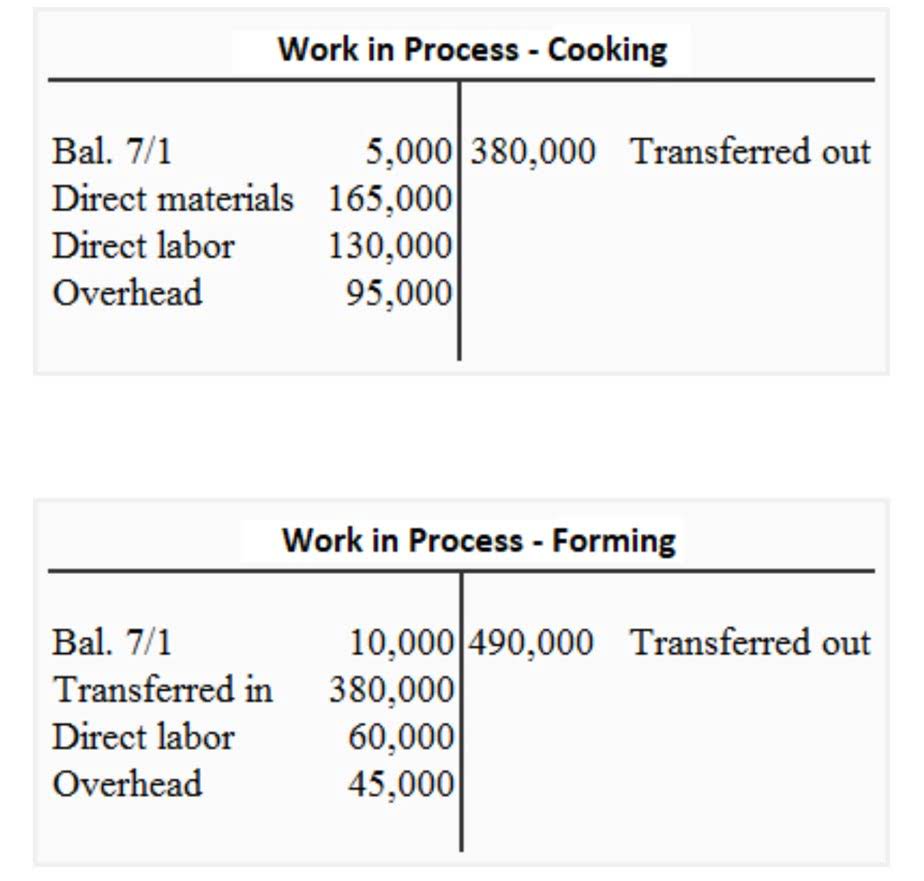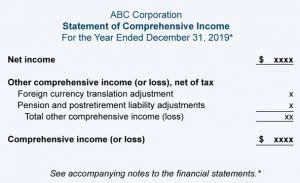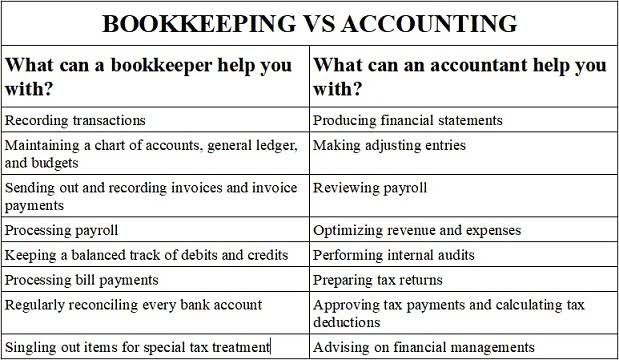These are fees paid by the borrower to the bankers, lawyers and anyone else involved in arranging the financing. An organization may incur a number of costs when it issues debt to investors. For example, when bonds are issued, the issuer will incur accounting, legal, and underwriting costs to do so. In essence, any expenses that can be directly attributed to a debt issuance are classified as debt issuance costs. Let’s say a company, XYZ Inc., decides to issue bonds to raise $500,000 for business expansion. The bonds have a 5-year term, and the bond issuance costs (legal fees, underwriting costs, etc.) are $10,000.
According to the Generally Accepted Accounting Principles (GAAP), bond issuance costs are treated as a direct reduction from the carrying amount of the bond liability. This treatment is similar to how a discount on bond payable is treated. The Board received feedback that having different balance sheet presentation requirements for debt issuance costs and debt discount and premium creates unnecessary complexity. Debit issuance costs are the costs that a company spends to issue new bonds or debt to the market.
- Instead of borrowing money from the bank or creditor, company sells the debt instrument to the public.
- The Check-to-Card service is provided by Sunrise Banks, N.A. Approval review usually takes 3 to 5 minutes but can take up to one hour.
- The expenses include registration fees, legal fees, printing costs, underwriting costs, etc.
- They do not provide any benefits to the issuer, and accounting rules require the costs to be amortized over the term of the bonds.
- Get instant access to video lessons taught by experienced investment bankers.
- A portion of the proceeds of long-term debt may be withheld for issuance costs (for example, underwriter’s fees) due in connection with the debt issuance.
GASB 65 paragraph 15, eliminates the amortization of issuance costs, except for prepaid insurance. A portion of the proceeds of long-term debt may be withheld for issuance costs (for example, underwriter’s fees) due in connection with the debt issuance. Discounts resulting from the withholding of underwriter’s fees are reported as expenditures, and are not netted against the other financing source reported to record the debt issuance. The company has to amortize the debt issue cost base on the bond lifetime. It will keep decreasing until reaching zero balance when the bonds retire. If the company followed IFRS, the bond issue costs would be treated as an asset and amortized to profit or loss over the term of the bond.
Instead of borrowing money from the bank or creditor, company sells the debt instrument to the public. The company must pay interest and principal to investors based on bond terms and conditions. The bond usually requires the issuer to pay annual interest while the principal will be paid on the maturity date. However, it can be slightly different due to the type of bonds. Let’s consider an example of a company issuing bonds and incurring debt issuance costs. First, ABC needs to calculate the effective interest rate which must be higher than 5% as the company paid additional issuance cost $ 5,000,000.
Presentation of Bond Issuance Costs
- That makes the annual expense equal over the term of the bond.
- When a company takes out a loan, they agree to repay the amount borrowed, plus interest, over a period of time.
- In return, investors earn periodic interest payments over the term of the bond, plus the face value of the bond upon maturity.
- Such costs of obtaining financing – such as bank fees, accounting fees to prepare prospective presentations, and legal fees to draft the necessary documents – should not be expensed.
- Debt is another way of raising money from investors, it simply means the company borrow cash from investors and promise to pay it back over time.
Amortization is a noncash expense, which means it is added back to operating cash flow on the cash flow statement. Anyone who has ever borrowed money knows that there are almost always costs involved. Instead, they have to amortize those costs over the life of the loan. The debt issuing cost will be recorded as the assets and amortized over the bonds life. The company will require to capitalize the debit issuing cost as the assets on the balance sheet when the company issue debt and paid for the fees. The journal entry is debiting debt issuance cost $ 600,000 and credit cash paid $ 600,000.
Journal Entry for Debt Issuing Cost (GAAP: Amortizing Assets)
The issue cost will be present on the balance sheet as assets. It will be a long-term asset as the bonds are highly likely to have a multiple-year lifespan. But the issue cost is not qualified as the fixed assets, we can record it under the other assets and amortize based on the bond terms. When a company takes out a loan, they agree to repay the amount borrowed, plus interest, over a period of time. Debt financing can be a good option for companies because it allows them to access the funds they need without giving up equity in the company. However, it is important to remember that debt must be repaid regardless of whether or not a company is successful.
How Do You Account for Bond Issue Costs
The costs are paid to law firms, auditors, financial markets regulators, and investment banks that are involved in the underwriting process. They do not provide any benefits to the issuer, and accounting rules require the costs to be amortized over the term of the bonds. When a company borrows money, either through a term loan or a bond, it usually incurs third-party financing fees (called debt issuance costs).
GAAP: Amortized Assets
As a practical consequence, the new rules mean that financial models need to change how fees flow through the model. This particularly impacts M&A models and LBO models, for which financing represents a significant component of the purchase price. While ignoring the change has no cash impact, it does have an impact on certain balance sheet ratios, including return on assets. Large and growing small businesses would incur expenses for issuing debt instruments, such as bonds, to investors. These expenses include legal fees, registration costs and commissions.
Accounts payable (AP) is money owed by a business to its suppliers shown as a liability on a company’s balance sheet. PwC refers to the US member firm or one of its subsidiaries or affiliates, and may sometimes refer to the PwC network. This content is for general information purposes only, and should debt issuance costs journal entry not be used as a substitute for consultation with professional advisors. This reduces the deferred charge (Bond Issue Costs) and records the annual expense. Financing costs are accumulated as an intangible asset in the other assets section of the balance sheet. The Check-to-Card service is provided by Sunrise Banks, N.A. Approval review usually takes 3 to 5 minutes but can take up to one hour.
Financing Fees Calculator – Excel Template
It basically changes the classification of debt issuance cost only. The issuance cost has to be recorded as the assets and amortized over the period of 5 years. By borrowing money through the sale of bonds, businesses can raise the funds needed to finance important projects without having to increase taxes. As a result, issuing bonds can be a very effective way to raise money without putting undue strain on taxes.
The ongoing amortization of debt issuance costs should be included in interest expense. The company spends an issuance cost $ 600,000 ( $250,000 + $ 250,000 + $ 100,000) to issue the bonds to the capital market. It means that debt issuance cost will be classified as the contra account of bonds/debt which will decrease the debt on the balance sheet.
These are the necessary costs that the company cannot avoid, otherwise, the issuance of debt will not succeed. This records the cash received (net of issuance costs), the cost of issuing the bonds, and the face value of the bonds payable. This is done by debiting the debt issuance expense and crediting the debt issuance account to shift the cost from the balance sheet to the income statement.
For a $10,000 loan two hundred to six hundred dollars in fees will not greatly affect the income statement results. Debt issuance is an approach used by both the government and public companies to raise funds by selling bonds to external investors. In return, the investors earn periodic interest on the amount invested. The total interest expense is $ 3.1 million (check Interest Expenses Column) which is equal to the total interest paid of $ 2.5 million plus the issuance cost of $ 0.6 million. At the end of year 5, the bonds payable will reach the $ 10 million amount (check Carry Amount Column), and it will reverse to zero when the company paid off the bonds.









